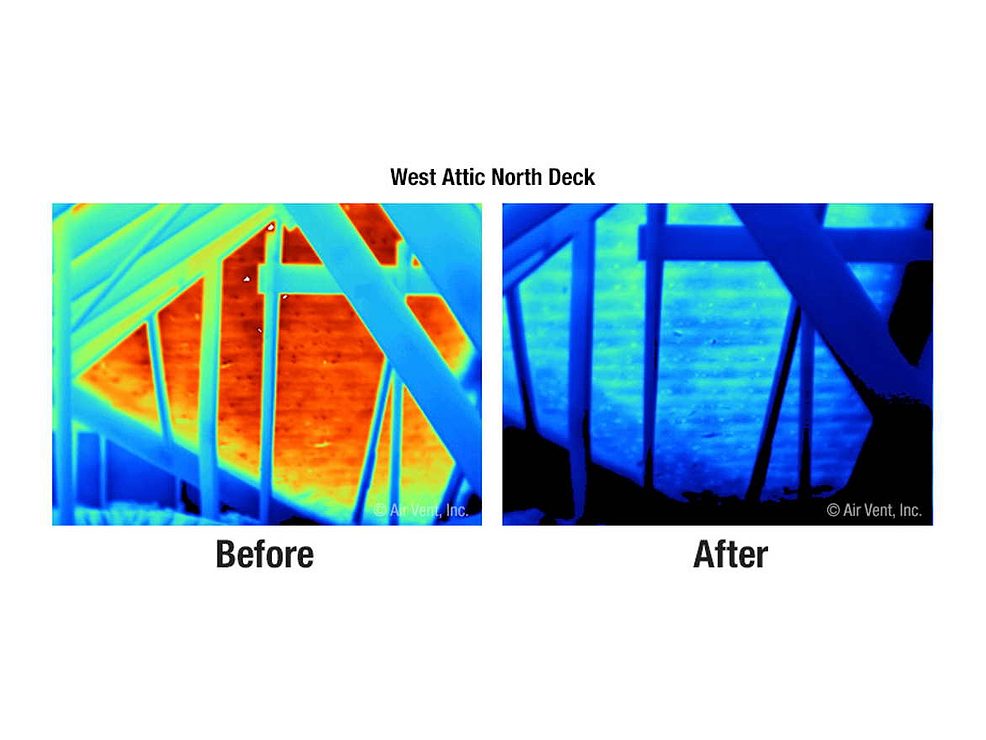
John D’Annunzio reviewed standards regarding the use of edge metal for low-slope roof systems as part of his session titled “Code Update.”
John D’Annunzio, president of IRT/Paragon Consultants with offices in Michigan, Florida and Indiana, informed attendees about recent code changes and highlighted some trends to keep an eye on in his session titled “Code Update.”
“Changes in codes are often due to the climate - and I don’t mean just the weather,” said D’Annunzio, who pointed to insurance losses as one reason for increased attention on the fastening methods of low-slope roofing systems. “Some of our recent storm events are the main drivers of changes in the codes. Just as the South Florida Building Code was toughened up after Hurricane Andrew in 1993, enforcement of codes will become stricter in the future.”
He examined some areas of roof construction affected by recent changes to the International Building Code (IBC), including edge metal flashings, attachment of asphalt shingles in high-velocity wind zones, and the use of aggregate, and went on to explore possible upcoming changes to the IBC.
He began by examining ANSI/SPRI ES-1, a standard detailing the wind load provisions and testing requirements for edge securement systems for low-slope roofs. “The code mandates that all low-slope roof membrane roof system metal edge securement, except gutters, must be tested for resistance in accordance with ANSI/SPRI ES-1,” D’Annunzio said. “If you are fabricating edge metal in the field, you either have to have those parts tested or you have to purchase the material from a manufacturer that has passed the test.”
Wind resistance of asphalt shingles is covered by section 1504.1.1 of the code, indicated D’Annunzio. “The code provides the standard for design and application of shingles in high-velocity wind zones,” he stated.
“Underlayment is required, and in certain areas, you have to conduct a wind uplift calculation to determine the fastening rate.” When attaching asphalt shingles in high-velocity wind zones, the code requires 11/4-inch No. 12 wire gauge shank nails with a 3/8-inch diameter head with a six-nail pattern at each shingle, D’Annunzio explained.
He also examined section 1504.8 of the code, which states, “Gravel and stone shall not be used on the roof of a building located in a hurricane-prone region as defined in Section 1609.2 or on any other building with a roof mean height exceeding that permitted by Table 1504.8 based on the exposure category and basic wind speed at the building site.” D’Annunzio walked attendees through sample cases to determine the allowable height for the use of aggregate in various geographical areas and exposure categories.
The session also examined possible upcoming code changes. “At this point, Energy Star is a voluntary program,” said D’Annunzio. “However, I’m fairly confident we will see Energy Star adopted as part of the code in the future.”
Environmental concerns will become increasingly important drivers of code changes, maintained D’Annunzio, who predicted that California’s Title 24 requirements would also one day be adopted as part of the code. “What happens in California seems to work its way east,” he observed.


